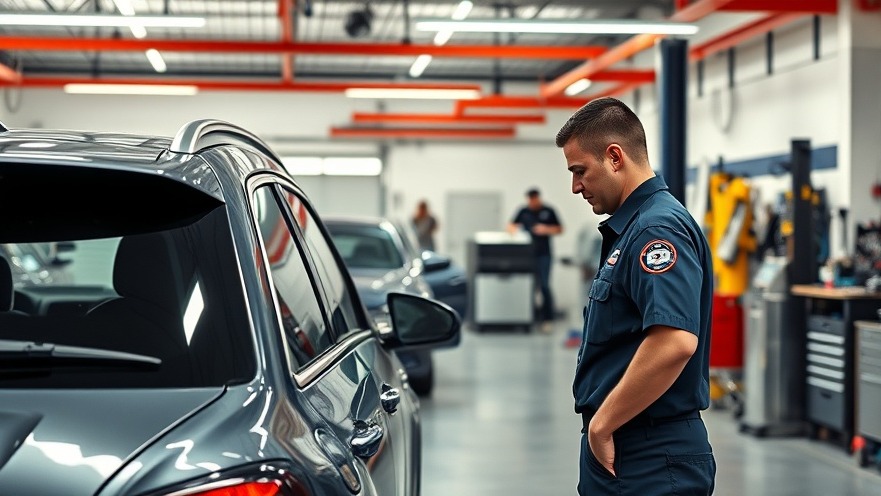
High Demand: What’s Driving the Surge in Light-Vehicle Sales?
March 2025 has marked a significant moment for the automotive industry, recording the highest monthly seasonally adjusted annual rate (SAAR) of 17.8 million units, a peak not reached since April 2021. The rush of customers to dealer lots is attributed primarily to an impending 25% tariff on imported vehicles. This article will delve into the reasons behind this surge, the implications for auto repair shop owners, and what they can expect moving forward.
Understanding SAAR: A Key Industry Metric
SAAR, or seasonally adjusted annual rate, is a crucial indicator that reflects the pace of new vehicle sales in a given month over a year. A high SAAR often signifies increased consumer confidence and economic health, which can directly impact auto repair shops. As customers buy new vehicles, repair shops may experience changes in the maintenance and repair needs of those vehicles, particularly as warranties may lead some to delay repairs.
Impact of Tariffs on Vehicle Pricing and Sales
With tariffs likely to increase vehicle prices, the current peak in sales could represent a fleeting opportunity for auto repair shops to capitalize on increased vehicle turnover before higher costs set in. Historically, when prices rise due to tariffs, it shifts consumer purchasing behavior, potentially leading to more used vehicle sales and a subsequent increase in maintenance and repair demands for older models.
What Do These Trends Mean for Repair Shop Owners?
As the automotive landscape braces for higher vehicle prices, auto repair shop owners must prepare for the potential effects on their businesses. With increased sales, shops might see an uptick in demand for services on newer models and a shift in the mix of vehicles coming in for repairs. Repair shops need to adjust their service offerings and ensure they are prepared to handle any changes in customer expectations.
Strategies for Auto Repair Shops to Thrive
1. Review Your Pricing Strategy: Understand how rising vehicle prices might affect customer decisions regarding repairs. Clear communication about the cost-effectiveness of maintaining older vehicles could help retain customers who might consider purchasing new ones.
2. Stock Up on Parts: Ensure you have the parts necessary for popular vehicle makes and models on hand, particularly those likely to see increased demand as new car sales surge.
3. Enhance Marketing Efforts: Tailoring your marketing to emphasize the importance of proper car maintenance, especially amidst rising new vehicle prices, can attract customers who want to maximize their investment.
Conclusion: Stay Ahead of the Curve
The automotive industry is at a pivotal moment, and understanding the implications of rising vehicle sales and pricing trends is vital for auto repair shop owners. By adapting their strategies to meet evolving consumer needs, shop owners can position themselves for success, regardless of market changes.
As you contemplate the potential impacts on your business, consider reaching out to fellow industry professionals for insights and strategies that have worked for them. Collaboration and shared knowledge can be the keys to thriving in these changing times.
 Add Row
Add Row  Add
Add 




Write A Comment